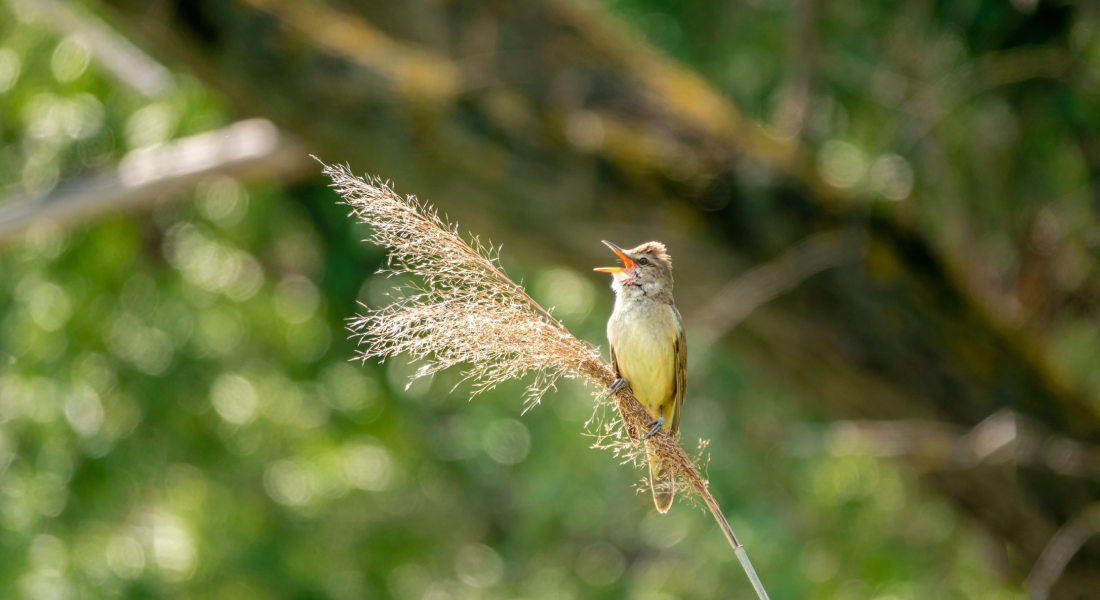Rare Danish songbird is both a night owl and a high-flyer
When the great reed warbler sometimes arrives in Denmark in May, it has travelled thousands of kilometres. Now, researchers from the University of Copenhagen, among others, present new knowledge about the songbird’s long journey.

In May, Denmark is often visited by a relatively rare songbird that has travelled thousands of kilometres to get here.
The great reed warbler crosses the Sahara and Mediterranean flying for 34 hours straight without landing. It stays in breeding areas from May to August, although it often rather chooses Sweden for breeding rather than Denmark. So far our knowledge of the bird’s long journey from Africa to Europe has been limited by our inability to follow the birds during their flights.
A research collaboration between the University of Copenhagen, Lund University and the Nature Research Centre in Vilnius is about to change that. In a new study published in Science, researchers have followed 14 great reed warblers using data loggers and are now able to shed new light on this crazy journey.
Impressive feat of strength
‘It’s incredible. We can see that they reach a height of almost 6,300 metres during the day – that’s almost 3,000 more than at night, which is astonishing’, says Professor Kasper Thorup from the Center for Macroecology, Evolution and Climate at the GLOBE Institute.
‘This came as a great surprise to us. We have only rarely seen songbirds reach a height of more than 5,000 metres. And we have discovered that the great reel warbler also migrates during the day and not just at night, which we used to think’, says Kasper Thorup.
Postdoc Sissel Sjöberg has headed the study which throws new light on the songbird’s long journey to Scandinavia in spring.
The birds use a lot of energy reaching those extreme heights. In return, they can do without drinking during these long flights as they bring fat as fuel for the journey, and when they burn fat, it is transformed into water. But why fly at such great heights day and night?
‘There may be several reasons for that. Perhaps it is to avoid raptors, or perhaps it is because it gives them a better overview. Most of all, though, we believe it has to do with the temperature which remains the same day and night that high up in the air. During the day, sunshine may cause them to become overheated, and they are thus forced to climb higher in order to cool off’, explains Sissel Sjöberg from GLOBE Institute.
The study is available here.
Contact
Professor Kasper Thorup
kasper.thorup@sund.ku.dk
+45 24 94 25 74
Postdoc Sissel Sjöberg
ssjoberg@sund.ku.dk
+46 70 781 14 68
Press Officer Søren Thiesen
s.thiesen@sund.ku.dk
+45 28 75 29 34
